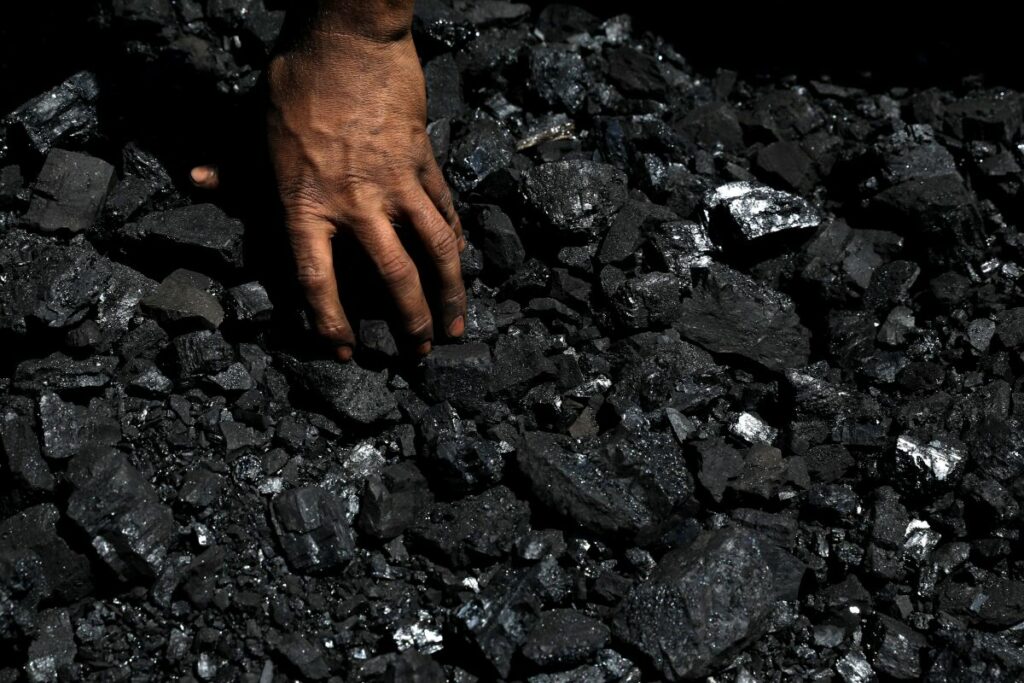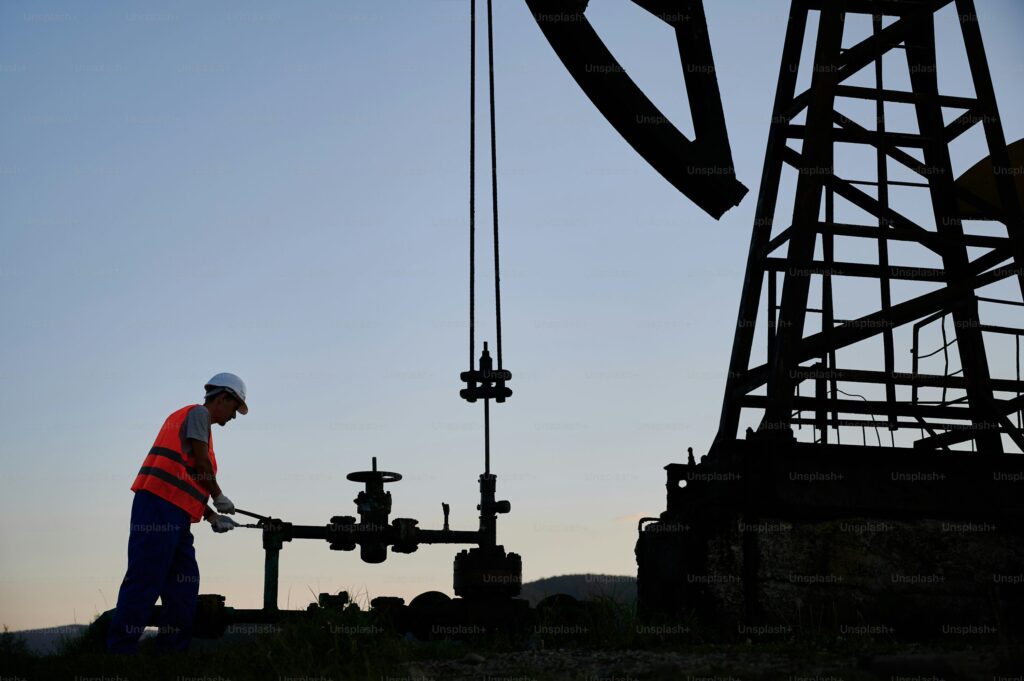Today’s entry concerns the Sahel, a vast transition zone in Africa between the Sahara desert and the mid-continental rainforests. Senegal, the country we recently visited in our documentary on western-induced energy poverty, sits on the western edge (and yes, it has camels). And while today’s topic, and the authors of today’s studies, might seem to have nothing to do with energy poverty in Senegal, there is a connection. As we have argued before, western governments are using the threat of climate change as a rationale to cut off funding for African conventional energy projects, on the grounds that it is better for poor nations to stay poor than to risk worsening the climate crisis. What crisis, you ask? Well, among other things, experts say anthropogenic climate change will cause the Sahel region to get drier. They know this because they ran models. But by now you know the trick: in climate science you can #HaveItBothWays, and sure enough...
Usually we find that if a study is published saying this or that region will get drier due to greenhouse gases, you have to wait a few years before another one appears saying it will get wetter. But not this time. The study saying the Sahel would get drier was published in December 2005, and only three months earlier one had been published saying it would get wetter.
Both of them used climate models and had impeccable reasoning. The first noted that the Sahel region had been observed to dry out from the 1950s to the 1980s, but the rainfall trend had begun to reverse since then. They hypothesized that anthropogenic warming was causing an underlying drying trend, whereas natural variability caused cycles of more and less rainfall, and adding the two together explained the historical picture. They also noted that climate models didn’t do a very good job of reproducing the historical picture, but they ran enough of them often enough that they could get an average that kinda sorta looked like it might approximately be right. And projecting the whole business forward the dominant trend would be drying.
The other study pointed out, also plausibly, that the regional rainfall picture depended on more than just temperatures. Increasing temperatures over the Sahara desert relative to the surrounding ocean causes a change in air pressure in the Sahel which, their model says, increases local rainfall. Thus, they say:
“We hypothesize that through this mechanism greenhouse warming will cause an increase in Sahel rainfall, because the warming is expected to be more prominent over the summer continents than over the oceans. This has been confirmed using an ensemble of 62 coupled model runs forced with a business as usual scenario.”
“Confirmed” here meaning we ran our model and saw what we were expecting, not we looked at the real world and checked.
For the green neo-colonialists wanting to shut down African energy development to prevent drying in the Sahel, we would suggest a better plan would be to let countries like Senegal develop as we did. And if you’re worried about what someone’s climate model predicts regarding future drying trends, just look around and you’ll find someone else’s model predicts the opposite. Since the science lets us #HaveItBothWays the economics should too.


